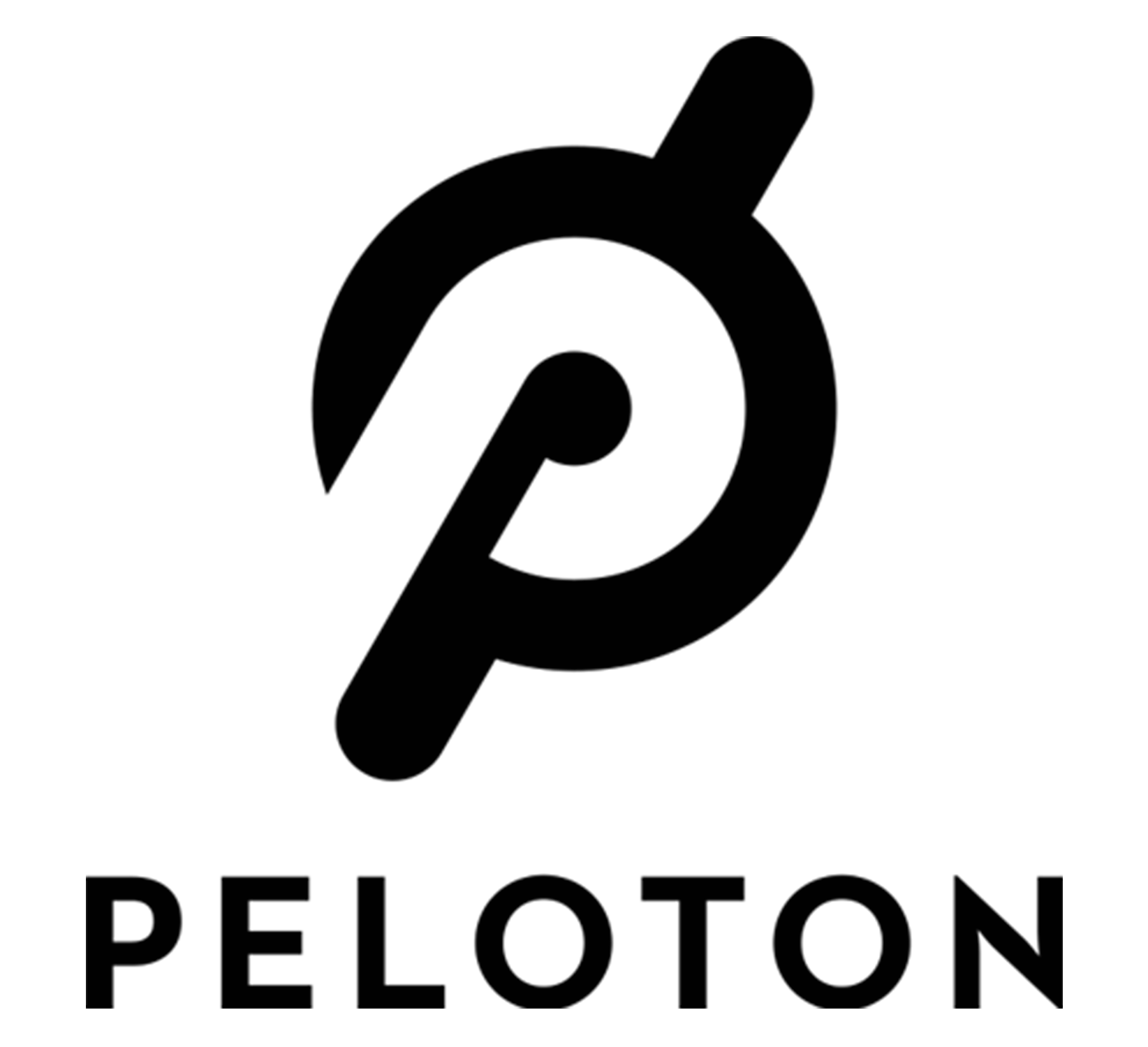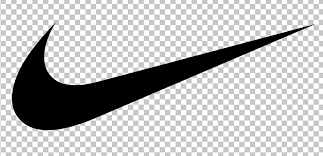
Mission: To make people"s working lives simpler, more pleasant, and more productive.
Courtesy.: -
Craftsmanship.: -
Empathy.: -
Playfulness.: -
Solidarity.:
Thriving.: -
How would you prioritize which country to expand Slack to for furthering the international effort?
Measure the success of a Slack feature using this dataset.
Stage 1: Phone screen with recruiter.
Stage 2: Analytics SQL challenge.
Stage 3: Phone interview with hiring manager.
Stage 4: Onsite interview. The onsite interview begins with a presentation to the hiring committee of the candidate"s take-home exercise. The remaining portion of the onsite is individual interviews with 5 people.








Pathrise is a career accelerator that helps people land their dream jobs. We regularly place our fellows at top companies like Apple, Amazon, and Meta. Our mentors have experience at companies like Apple, giving fellows the inside scoop on interview and company culture in 1-on-1 sessions.
We can’t guarantee you a job at a specific company like Apple. But we do guarantee you a great job–if you don’t accept an offer in 1 year, you pay nothing. Our income share agreement means you only pay with a percentage of your income at your new role.
Mentors work with fellows at every stage in search, helping them build the skills necessary to be the best candidate possible. Fellows in Pathrise usually see a 2-4x increase in application response rates, 1.5-3x increase in interview scores, and 10-20% increase in salary through negotiation.